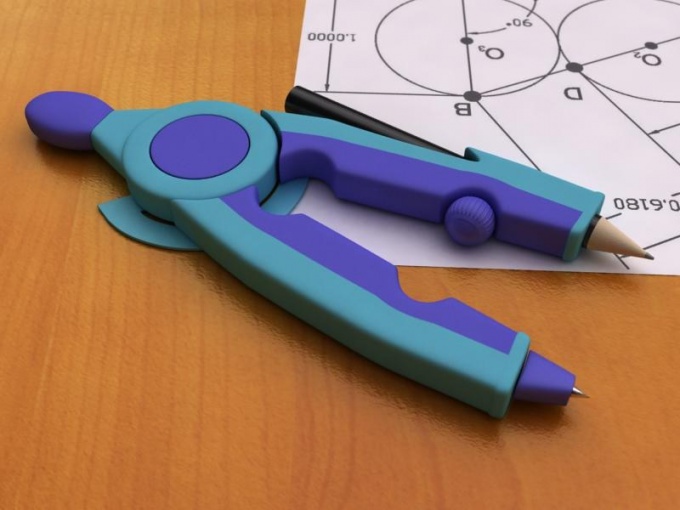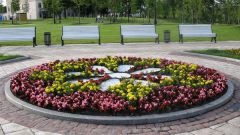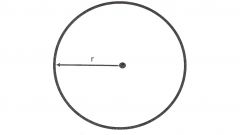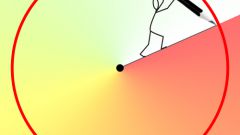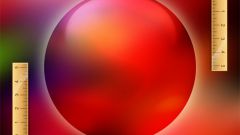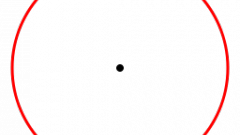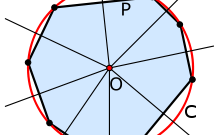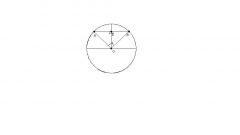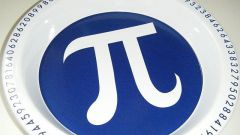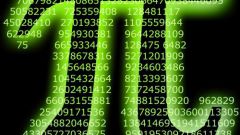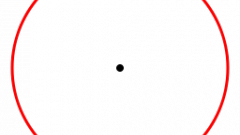"Taught in school, teach in school..."
Curriculum the sixth grade students of secondary schools in the geometry course studying the circle and the circle as a geometric figure, and this figure is due. The kids are introduced to such concepts as the radius and the diameter, the circumference or perimeter of a circle, area of a circle. It is on this topic they learn about the mysterious number PI is rudolfova number, as it was called before. The number PI is irrational because its decimal is infinite. In practice it is used a truncated version of the three digits: 3.14. This constant expresses the ratio of any circle's circumference to its diameter.
Sixth graders solve problems, bringing one of the given and the "PI" of the other characteristics of a circle and circle. In notebooks and on the chalkboard they scale drawing abstract sphere and produce little that speakers of calculations.
But in practice
In practice, this problem can occur when, for example, there is a need to pave the road to a certain extent for the conduct of any events with a start and finish in one place. Calculate the radius, you can plan to choose the passage of this route, with compass in hand considering the options, taking into account geographical features of the region. Moving leg of a compass – equidistant from center of the future alignment at this stage to anticipate where the areas are lifts, where the slopes, given the natural variations of the terrain. Also you can define the areas where to place the stands for fans.
The radius of the circle
So, suppose that you are for competition autocross necessary circular track with a length of 10 000 m. this is the correct formula for determining the radius (R) of a circle with known length (C):
R=C/2P (p – a number equal to 3.14).
Substituting the available values, you can easily get the result:
R = 10 000:3.14 = 3 184. 71 (m) or 3 km 184 m and 71 cm.
From the radius to the square
Knowing the radius of the circle, it is easy to determine the area that will be removed from the landscape. The formula of circle area (S): S=пR2
When R = 3 184. 71 m it will be: S = 3.14 x 3 184. 71 x 3 184. 71 = 31 847 063 (sq. m), or nearly 32 square kilometers.
Similar calculations can be useful for fencing. For example, you have material on the fence for so many meters. Taking this value for the perimeter of the circle, you can easily determine the diameter (radius) and area (and therefore visibly present value of the future fenced area.
